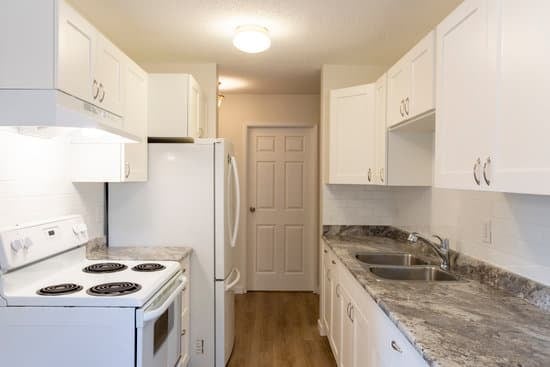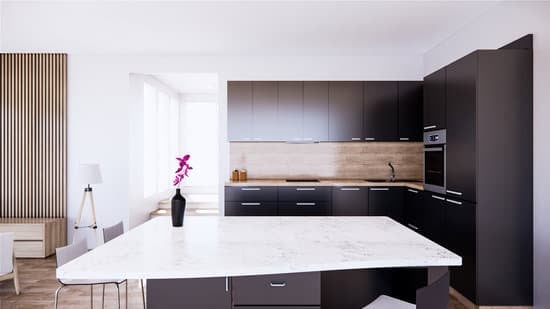Are you looking to add some extra storage and functionality to your kitchen? A kitchen cart might be the perfect solution for you! In this article, we will guide you through the process of making your own kitchen cart step-by-step. By following our directions, you’ll have a sturdy and stylish cart that can easily be moved around your kitchen. So grab your materials and tools, let’s get started on creating a practical addition to your culinary space!
Gathering Materials and Tools
Before you start, make sure you have all the necessary materials and tools for making a kitchen cart. Safety should be your top priority when gathering these items. Start by choosing the right materials for your cart. Opt for sturdy wood like oak or maple that can withstand heavy use. Additionally, select strong screws and nails to ensure stability. Assembling the frame and shelves requires a few essential tools. Grab a measuring tape to accurately determine dimensions, a saw to cut the wood pieces according to your measurements, and a drill to attach everything securely. Don’t forget safety goggles and gloves to protect yourself from any potential accidents. With all the materials and tools in place, you’re ready to move on to the next step of building your kitchen cart.
Designing Your Kitchen Cart
While designing your kitchen cart, it’s important to consider the available space and functionality. To create a cart that suits your needs, follow these tips:
- Choose the right materials: Opt for sturdy materials like hardwood or stainless steel for durability and easy maintenance.
- Incorporate storage solutions: Make sure to include shelves, drawers, or hooks to keep your kitchen essentials organized and easily accessible.
- Maximize countertop space: Consider adding a drop leaf or extending countertop to provide extra workspace when needed.
- Utilize wheels with locks: This will allow you to easily move the cart around while ensuring stability and safety when in use.
- Install safety features: Add handles or rails on the sides of the cart to prevent items from falling off during movement.
By following these guidelines, you can design a practical and safe kitchen cart that will enhance your cooking experience.
Building the Frame and Shelves
To build the frame and shelves, start by selecting the appropriate materials for durability and stability. Safety is key when assembling your kitchen cart. Begin by choosing the right wood for your project. Opt for hardwoods like oak or maple that are sturdy and can withstand the weight of your kitchen items. Avoid softwoods as they may not be as durable in the long run.
Once you have chosen the wood, measure and cut it according to your desired dimensions. Use a tape measure and a circular saw to ensure precise cuts. Next, assemble the frame using screws or nails for added strength. Make sure to align everything properly to avoid any wobbling or instability.
For the shelves, cut additional pieces of wood to fit inside the frame. Secure them with screws or brackets, ensuring they are level and secure.
Following these assembly instructions will help you create a sturdy kitchen cart that will last for years to come.
Adding Wheels and Handles
Adding wheels and handles is a great way to enhance the functionality and mobility of your kitchen cart. It allows you to easily move the cart around your kitchen, making it a mobile kitchen essential. Here are three important things to consider when adding wheels and handles to your cart:
- Choose sturdy wheels: Opt for heavy-duty, locking casters that can support the weight of your cart and keep it in place when needed.
- Ensure proper installation: Make sure the wheels are securely attached to the frame of your cart using appropriate screws or bolts. This will prevent any accidents or injuries caused by loose wheels.
- Pick ergonomic handles: Select handles that provide a comfortable grip, allowing you to easily maneuver the cart without straining your hands or wrists.
By adding wheels and handles, you’re not only increasing convenience and functionality but also ensuring safety while using your mobile kitchen cart.
Finishing Touches and Styling
To complete the look of your mobile kitchen essential, consider adding some finishing touches and styling options. When it comes to styling your kitchen cart, there are endless possibilities. You can choose from a variety of materials, such as wood or stainless steel, depending on your personal preference and the overall aesthetic you want to achieve. Additionally, color choices play a significant role in enhancing the visual appeal of your cart. Opt for colors that complement your kitchen’s existing palette or go for bold hues to make a statement. Remember to prioritize safety when selecting any decorative elements or accessories for your cart. Ensure that they are securely fastened and won’t interfere with the functionality of the cart while using it in a busy kitchen environment.
Conclusion
So there you have it! You’ve successfully learned how to make your very own kitchen cart. By following the steps outlined in this article and gathering the necessary materials and tools, designing your cart, building the frame and shelves, adding wheels and handles, and finishing it off with some personal touches, you now have a functional and stylish addition to your kitchen. Enjoy the process of creating something useful for your home!







